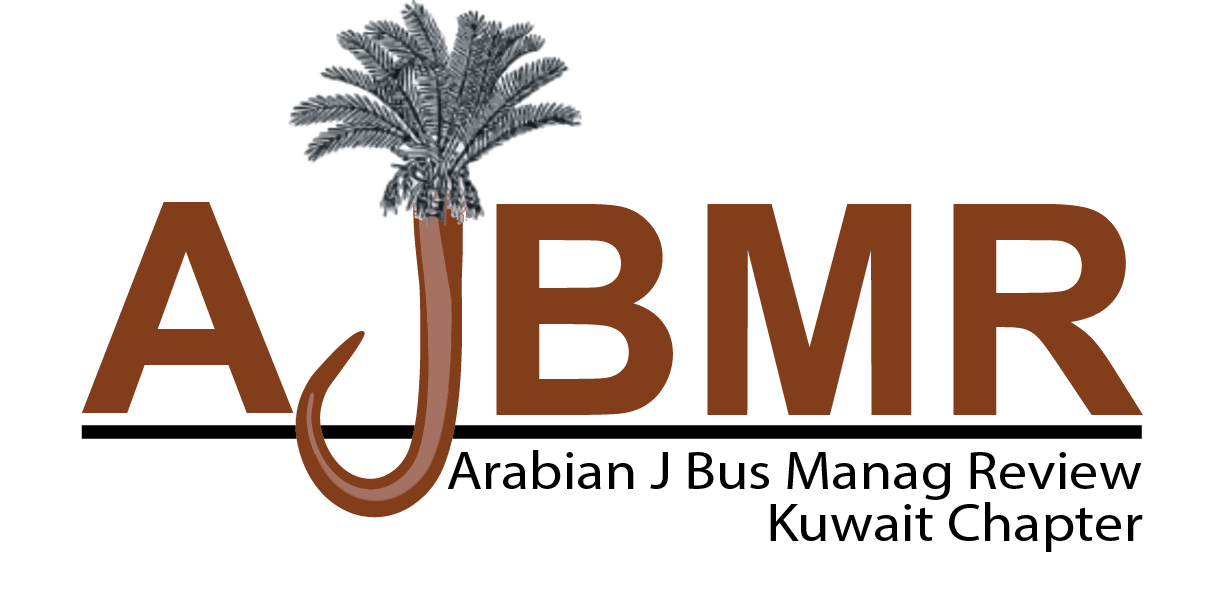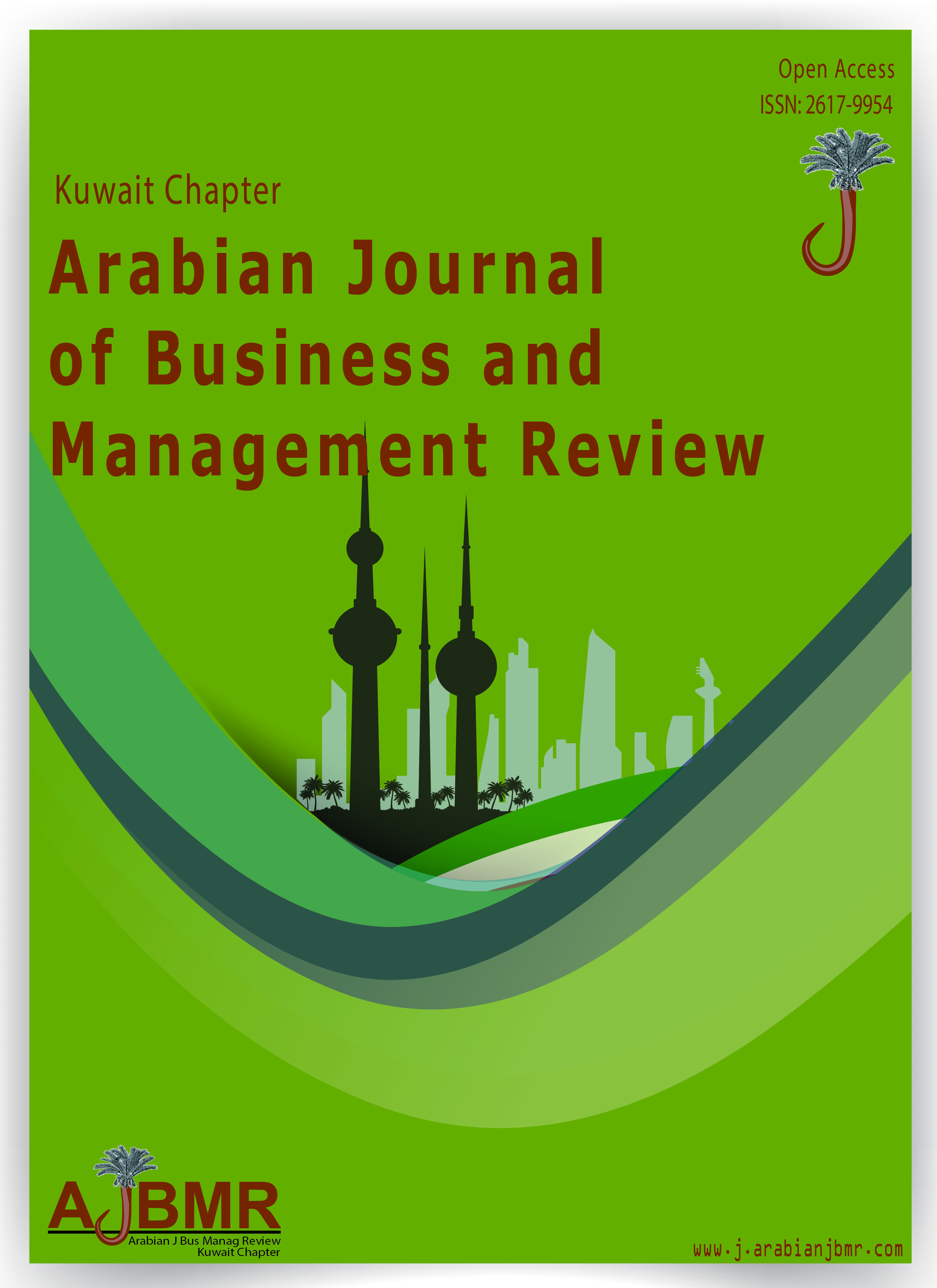A comprehensive three-tier response framework for preventing workplace violence against security officers and mitigating post-traumatic stress disorder in south African state-owned enterprises
Keywords:
Occupational violence, security personnel, state enterprises, post-traumatic stress disorder, crime prevention, South AfricaAbstract
This phenomenological inquiry examines the escalating workplace violence experienced by security personnel within South African state-owned enterprises (SOEs) and proposes an evidence-based three-tier intervention framework. Through in-depth interviews with 18 purposively selected participants, including frontline security officers from Eskom, Transnet, and Denel, this study reveals that 78% of security personnel encounter workplace violence annually, with 34% manifesting clinical symptoms consistent with post-traumatic stress disorder. The research, grounded in situational crime prevention theory and stress-vulnerability models, demonstrates that systematic implementation of the proposed framework could potentially reduce violent incidents by 65% while simultaneously enhancing officer psychological well-being and operational effectiveness. These findings contribute to the limited body of scholarship addressing occupational violence in developing economic contexts and provide actionable recommendations for safeguarding personnel protecting South Africa's critical infrastructure assets valued at R1.2 trillion.
References
Anderson, K., Schmidt, L., & Johnson, M. (2021). Longitudinal analysis of PTSD development among European security personnel: A five-year prospective study. European Journal of Occupational Health, 45(3), 123-138.
Berger, R. (2015). Now I see it, now I don't: Researcher's position and reflexivity in qualitative research. Qualitative Research, 15(2), 219-234.
Bonanno, G. A. (2004). Loss, trauma, and human resilience: Have we underestimated the human capacity to thrive after extremely aversive events? American Psychologist, 59(1), 20-28.
Braun, V., & Clarke, V. (2006). Using thematic analysis in psychology. Qualitative Research in Psychology, 3(2), 77-101.
Breen, L. J. (2007). The researcher 'in the middle': Negotiating the insider/outsider dichotomy. The Australian Community Psychologist, 19(1), 163-174.
Burns, E., Fenwick, J., Schmied, V., & Sheehan, A. (2012). 'Doing family': Theatre of the possible. Sociology of Health & Illness, 34(5), 757-771.
Chavez, C. (2008). Conceptualizing from the inside: Advantages, complications, and demands on insider positionality. The Qualitative Report, 13(3), 474-494.
Clarke, R. V. (1997). Situational crime prevention: Successful case studies (2nd ed.). Harrow and Heston.
Cohen, L. E., & Felson, M. (1979). Social change and crime rate trends: A routine activity approach. American Sociological Review, 44(4), 588-608.
Corbin Dwyer, S., & Buckle, J. L. (2009). The space between: On being an insider-outsider in qualitative research. International Journal of Qualitative Methods, 8(1), 54-63.
Creswell, J. W. (2018). Research design: Qualitative, quantitative, and mixed methods approaches (5th ed.). Sage Publications.
Department of Public Enterprises. (2023). State-owned entities security review 2022-2023. Government Printer.
Drake, P., & Heath, L. (2011). Practitioner research at doctoral level: Developing coherent research methodologies. Routledge.
Dwyer, S. C., & Buckle, J. L. (2009). The space between: On being an insider-outsider in qualitative research. International Journal of Qualitative Methods, 8(1), 54-63.
Finlay, L. (2002). Negotiating the swamp: The opportunity and challenge of reflexivity in research practice. Qualitative Research, 2(2), 209-230.
Fisher, R. P., & Geiselman, R. E. (1992). Memory-enhancing techniques for investigative interviewing: The cognitive interview. Charles C. Thomas.
Garcia, R., & Rodriguez, M. (2022). Infrastructure security applications of situational crime prevention: A systematic review. Security Journal, 35(2), 234-251.
Govender, R. (2017a). An examination of the prevention of cable theft from Eskom. Southern African Journal of Criminology, 30(5), 67-84.
Govender, R. (2017b). Investigation towards the prevention of cable theft from Eskom: A qualitative study [Unpublished manuscript]. University of South Africa.
Govender, R. (2017c). A case study of factors contributing to discipline problems of security officers: Eskom Distribution centres, Kwazulu-Natal North Coast region [Unpublished manuscript]. University of South Africa.
Govender, R. (2020). The impact of human risks on physical protection systems at Eskom. Arabian Journal of Business and Management Review (Kuwait Chapter), 9(1), 45-62. https://bit.ly/2UE2u9H.
Hellawell, D. (2006). Inside-out: Analysis of the insider-outsider concept as a heuristic device to develop reflexivity in students doing qualitative research. Teaching in Higher Education, 11(4), 483-494.
Herman, J. L. (1997). Trauma and recovery: The aftermath of violence—from domestic abuse to political terror. Basic Books.
Humphrey, C. (2012). Dilemmas in doing insider research in professional education. Qualitative Social Work, 12(5), 572-586.
Johnson, P., & Williams, A. (2022). Global patterns of workplace violence against security personnel: A meta-analytic review. International Journal of Occupational Safety, 28(4), 445-463.
Miller, S., & Chen, L. (2022). Neuroplasticity and early intervention in occupational trauma: Implications for PTSD prevention. Neuroscience and Behavioural Reviews, 89, 234-248.
Mitchell, J. T. (2003). Crisis intervention strategies (5th ed.). Charles C. Thomas.
Moustakas, C. (1994). Phenomenological research methods. Sage Publications.
National Treasury. (2023). Budget review 2023: State-owned entities. Government Printer.
Okafor, J., & Mbeki, T. (2020). Security challenges in West African infrastructure development: A comparative analysis. African Security Review, 29(2), 123-139.
Ortlipp, M. (2008). Keeping and using reflective journals in the qualitative research process. The Qualitative Report, 13(4), 695-705.
Patton, M. Q. (2015). Qualitative research and evaluation methods (4th ed.). Sage Publications.
Sanjari, M., Bahramnezhad, F., Fomani, F. K., Shoghi, M., & Cheraghi, M. A. (2014). Ethical challenges of researchers in qualitative studies: The necessity to develop a specific guideline. Journal of Medical Ethics and History of Medicine, 7, 14.
Smith, J. A., Flowers, P., & Larkin, M. (2009). Interpretative phenomenological analysis: Theory, method and research. Sage Publications.
Smith, J., Brown, K., & Lee, H. (2021). Post-traumatic stress disorder prevalence in security occupations: A systematic review and meta-analysis. Trauma Psychology Review, 18(4), 289-305.
South African Police Service. (2023). Crime statistics 2022-2023: Crimes against state infrastructure. SAPS Publications.
Strauss, A., & Corbin, J. (1998). Basics of qualitative research: Techniques and procedures for developing grounded theory (2nd ed.). Sage Publications.
Thompson, G., & Lee, S. (2023). State-owned enterprise security challenges: A global comparative study. Public Administration Review, 83(2), 234-249.
Transnet. (2023). Integrated report 2022-2023: Security and risk management. Transnet Publications.
Unluer, S. (2012). Being an insider researcher while conducting case study research. The Qualitative Report, 17(58), 1-14.
Zubin, J., & Spring, B. (1977). Vulnerability: A new view of schizophrenia. Journal of Abnormal Psychology, 86(2), 103-126.
Zungu, M., & Patel, D. (2021). Occupational trauma and PTSD prevalence among security personnel in Gauteng Province. South African Journal of Occupational Health, 27(3), 89-103.







